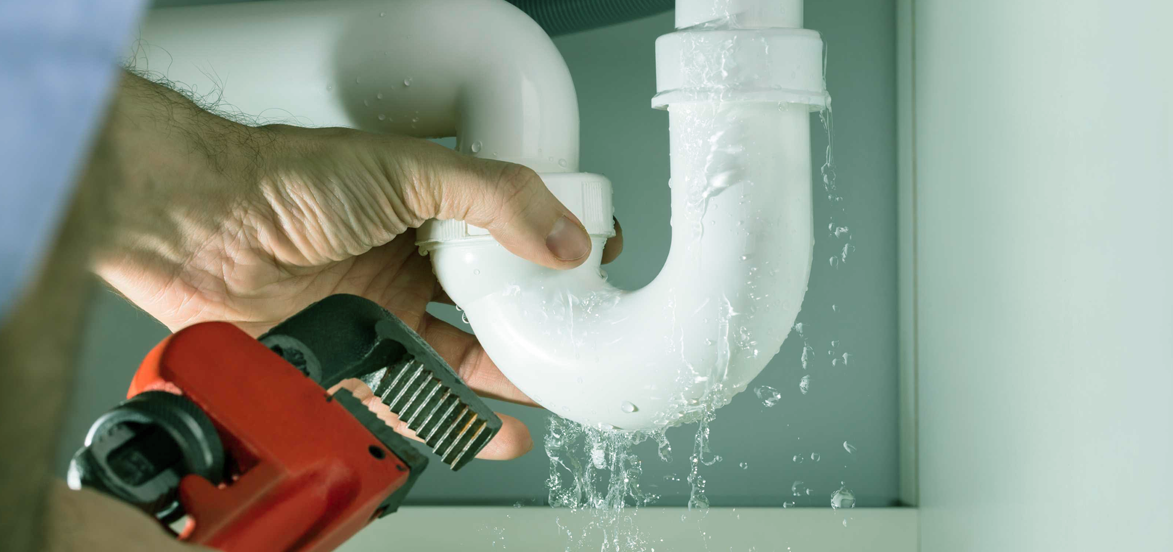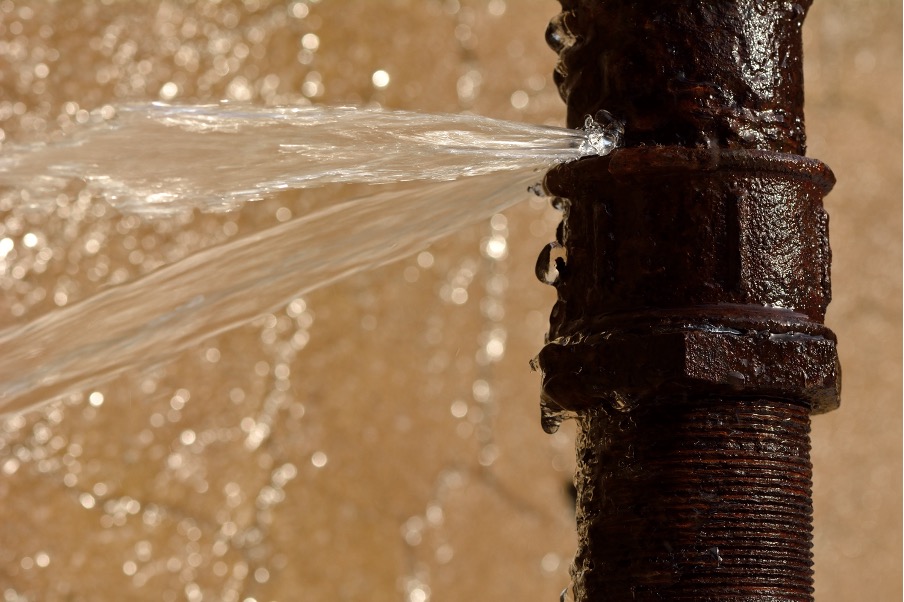How to Inspect If Your Residence Has a Covert Leak
How to Inspect If Your Residence Has a Covert Leak
Blog Article
Are you currently in search of suggestions concerning Leaking water lines?

Early detection of dripping water lines can mitigate a potential calamity. Apart from conserving you cash, it will decrease the stress and also frustration. The moment you discover a leakage, calling your plumber for repair work is the most effective remedy. Some small water leaks may not be visible. Here are some hacks that aid if you can not identify it with your nude eyes.
1. Analyze the Water Meter
Every house has a water meter. Checking it is a proven manner in which assists you discover leakages. For beginners, shut off all the water sources. Ensure no person will certainly flush, make use of the tap, shower, run the washing equipment or dishwashing machine. From there, go to the meter and also watch if it will certainly alter. Since no person is utilizing it, there should be no activities. If it relocates, that indicates a fast-moving leakage. Likewise, if you detect no changes, wait a hr or two and also inspect back again. This indicates you may have a slow-moving leak that might even be below ground.
2. Check Water Intake
Evaluate your water costs as well as track your water intake. As the one paying it, you should observe if there are any disparities. If you spot sudden changes, regardless of your intake coinciding, it means that you have leaks in your plumbing system. Bear in mind, your water expense should fall under the same variety each month. A sudden spike in your expense suggests a fast-moving leak.
On the other hand, a consistent boost monthly, despite the exact same habits, shows you have a slow-moving leak that's additionally gradually intensifying. Call a plumber to extensively check your property, specifically if you really feel a warm location on your flooring with piping underneath.
3. Do a Food Coloring Examination
When it comes to water usage, 30% comes from toilets. If the shade in some way infiltrates your bowl during that time without flushing, there's a leak between the container as well as dish.
4. Asses Outside Lines
Don't forget to check your exterior water lines too. Should water permeate out of the link, you have a loose rubber gasket. One small leakage can throw away loads of water as well as spike your water expense.
5. Analyze the circumstance and check
Home owners should make it a routine to examine under the sink counters as well as even inside cupboards for any bad odor or mold and mildew growth. These two red flags show a leakage so prompt focus is required. Doing routine evaluations, even bi-annually, can conserve you from a significant trouble.
Inspect for discolorations and compromising as most devices as well as pipelines have a life expectations. If you presume dripping water lines in your plumbing system, do not wait for it to escalate.
Early detection of dripping water lines can mitigate a potential calamity. Some little water leakages may not be visible. Checking it is a guaranteed method that helps you discover leakages. One small leak can lose bunches of water and also surge your water bill.
If you think leaking water lines in your plumbing system, don't wait for it to escalate.
WARNING SIGNS OF WATER LEAKAGE BEHIND THE WALL
PERSISTENT MUSTY ODORS
As water slowly drips from a leaky pipe inside the wall, flooring and sheetrock stay damp and develop an odor similar to wet cardboard. It generates a musty smell that can help you find hidden leaks.
MOLD IN UNUSUAL AREAS
Mold usually grows in wet areas like kitchens, baths and laundry rooms. If you spot the stuff on walls or baseboards in other rooms of the house, it’s a good indicator of undetected water leaks.
STAINS THAT GROW
When mold thrives around a leaky pipe, it sometimes takes hold on the inside surface of the affected wall. A growing stain on otherwise clean sheetrock is often your sign of a hidden plumbing problem.
PEELING OR BUBBLING WALLPAPER / PAINT
This clue is easy to miss in rooms that don’t get much use. When you see wallpaper separating along seams or paint bubbling or flaking off the wall, blame sheetrock that stays wet because of an undetected leak.
BUCKLED CEILINGS AND STAINED FLOORS
If ceilings or floors in bathrooms, kitchens or laundry areas develop structural problems, don’t rule out constant damp inside the walls. Wet sheetrock can affect adjacent framing, flooring and ceilings.
https://www.servicemasterbyzaba.com/blog/how-to-detect-water-leakage-in-walls/

As a keen person who reads about Top leak detection hacks, I figured sharing that short article was worthwhile. Do you know another individual who is interested by the niche? Please feel free to promote it. Thank-you for your time invested reading it.
Report this page